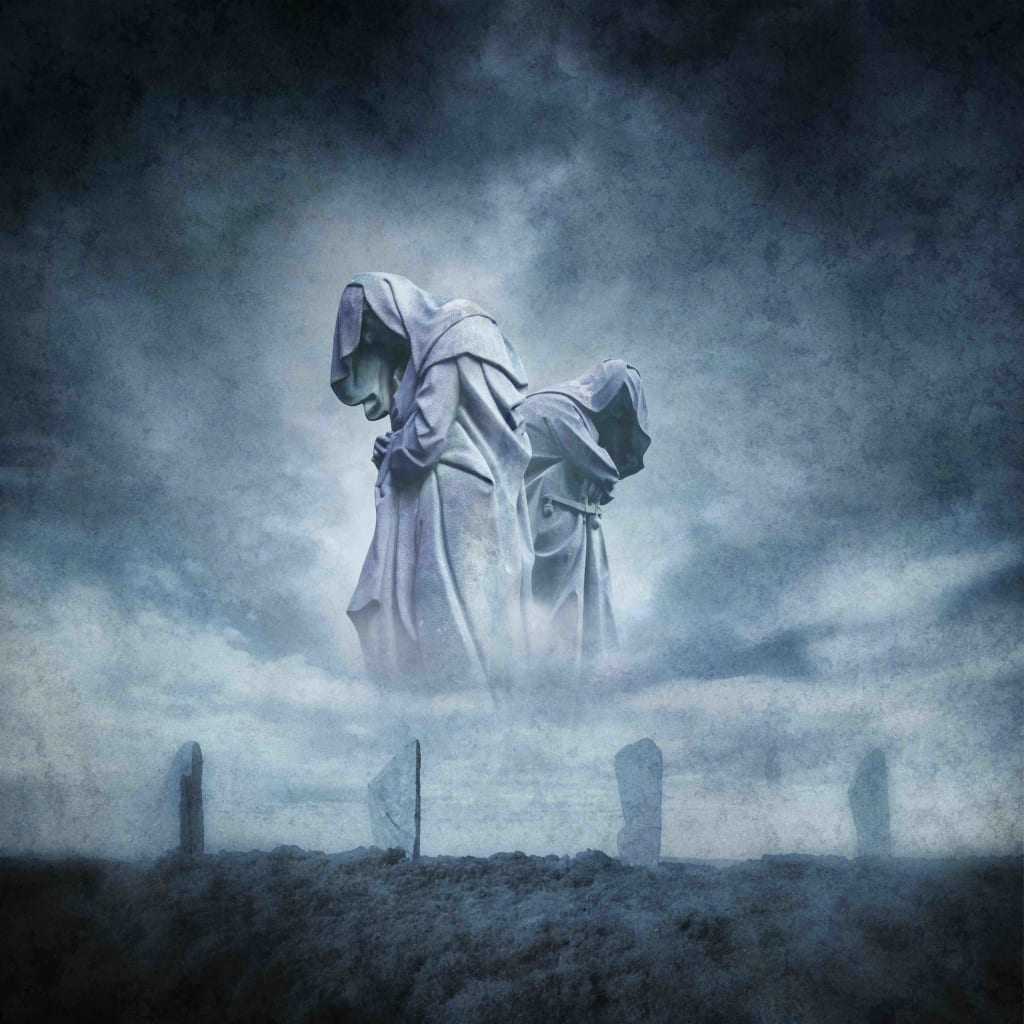BLOOD AND MISTLETOE: A REVIEW
Blood and Mistletoe is a book about the Druids by Professor Ronald Hutton. Find out why the fact that we know next to nothing about the Druids is what makes them fascinating.

I had a great history teacher in high school. HIs name was William Bothwell.
He was a bit of a misfit in our little, rural community. His eclectic background included having earned a doctorate, and studied at King’s College, Cambridge,
He had served as the Dean of Christ Church Cathedral in Montreal, a broadcaster and a journalist before settling down to a quiet life as our history teacher. I’d say he was the first genuine intellectual I had ever encountered, and he inspired me to see beyond my surroundings.
OPENED THE LESSONS OF THE ANCIENT AND MEDIEVAL WORLD
Not all of his teenage students had the maturity to take an interest in Mr. Bothwell’s erudition. Even so, for those of us with broader minds, he opened the lessons of the ancient and medieval world to us.
It was Mr. Bothwell who first introduced me to the Druids. He described them as a group of Celtic priests living in ancient Europe.
Historians have called some of the things our scholarly teacher told us about the Druids into question since then. Probably the most influential researcher to shed new light on the role of the Druids is Professor Ronald Hutton of the University of Bristol.
MOST INFLUENTIAL RESEARCHER ON ROLE OF DRUIDS
Professor Hutton has been studying British history for over forty years. His research focuses on both the ancient and early modern historical periods in the United Kingdom.
He’s aimed many of his books at a general audience. Of these, probably his most popular work is called Blood and Mistletoe: The History of the Modern Druids in Britain.
What’s fascinating about the Druids, and their history more generally, is that we know almost nothing about them. Although a handful of ancient chroniclers briefly mentions them, these writers were outsiders, providing almost no details about them.
CHRONICLERS WERE OUTSIDERS, PROVIDING ALMOST NO DETAILS
All we can glean from these ancient sources is that the Druids were well-respected by the Celts, they believed in reincarnation, they practiced astrology, and people claimed they performed human sacrifice.
None of this came from the Celts themselves. Biased outsiders wrote all these scant descriptions, so we’d be justified if we tossed them aside and questioned if the Druids even existed.
You may be wondering how someone could write a thick, scholarly book on a topic about which we know next to nothing. You’re also probably wondering how I have the nerve to call such a limited subject “fascinating.”
GROUPS USED DRUIDS TO PROP UP THEIR OWN OUTLOOKS
Professor Hutton succeeds in composing a compelling book by focusing not so much on the history of the ancient Druids, as on how they’ve been depicted throughout British history. His research gives us insights into how various groups used the Druids to prop up their own outlooks.
As the author explains about these sparse, ancient sources, “They could be made to represent the Druids as patriots, rallying native resistance against foreign enemies. They could be used to portray them as great scientists, philosophers and theologians, giving the peoples who occupied their former lands an ancestral claim to intellectual and cultural achievement.”
On the other hand, by emphasizing the nasty aspects of Druidic history, people could use them as a kind of weapon. “They could be held up as exemplars of everything that a person happened to fear or hate in religion, whether paganism, rival forms of Christianity or an over-powerful priesthood.”
INTEREST IN DRUIDS IS VERY MODERN
An important point Professor Hutton raises in his book is that interest in Druids is very modern. Apparently, nobody in the ancient or medieval worlds gave them much thought at all.
In the early modern era, Europeans and Britons started thinking of themselves as nationalities outside the Church or the Roman Empire. According to Professor Hutton, they sensed a deep need for historic roots to support this new nationalism.
Unfortunately, neither the Bible nor the classic Greco-Roman texts said anything worthwhile about Celtic cultures. Despite their obscurity, the Druids were just about the only impressive-sounding ancient group that people with Celtic pride could track down.
“WE MADE UP ALMOST EVERYTHING WE KNOW ABOUT THEM”
As Noel Malcolm of The Telegraph wrote about the book, “We like the idea of the Druids so much that we’ve made up almost everything we know about them.” Rather than anything the Druids accomplished, what’s fascinating about them is what other people said about them, especially in the 18th and 19th centuries.
I think a lot of the interest in Neo-paganism lingering today stems from the need for a new story. The Druids are a convenient blank page on which anyone can write a new narrative about living in harmony with the natural world.
There’s no question that we need that ecological outlook, as well as modern myths that encourage it. However, to appeal to the modern mind, the tales need to be believable.
NEO-DRUIDISM STRIKES ME AS AN OBSOLETE DEAD END
That means they need to be grounded in science and historical fact, as well as in contemporary experience. On that basis, neo-Druidism strikes me as an obsolete dead end. The movement reminds me of Peter Gabriel’s song Games Without Frontiers, in which he depicts nationalists as “dressing up in costumes, playing silly games.”
I’m afraid that’s how the Neo-Druidic ceremonies I’ve witnessed come across to me. As Professor Hutton writes, “It seems that such quirks of character may be the vital ingredient that enables a human being to push forward and succeed, with confidence and charisma, where the more scrupulous and level-headed would not venture.”
We always have more to learn if we dare to know.
Learn more:
Blood and Mistletoe: The History of Druids in Britain
Telegraph Review: Blood and Mistletoe
European Archery 40,000 Years Older Than Thought
Agricultural Revolution Still Affects Humanity’s Modern Life
About the Creator
David Morton Rintoul
I'm a freelance writer and commercial blogger, offering stories for those who find meaning in stories about our Universe, Nature and Humanity. We always have more to learn if we Dare to Know.






Comments
There are no comments for this story
Be the first to respond and start the conversation.